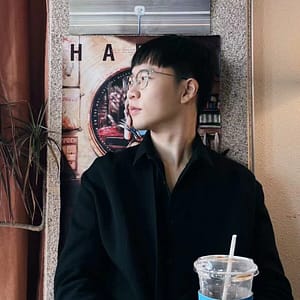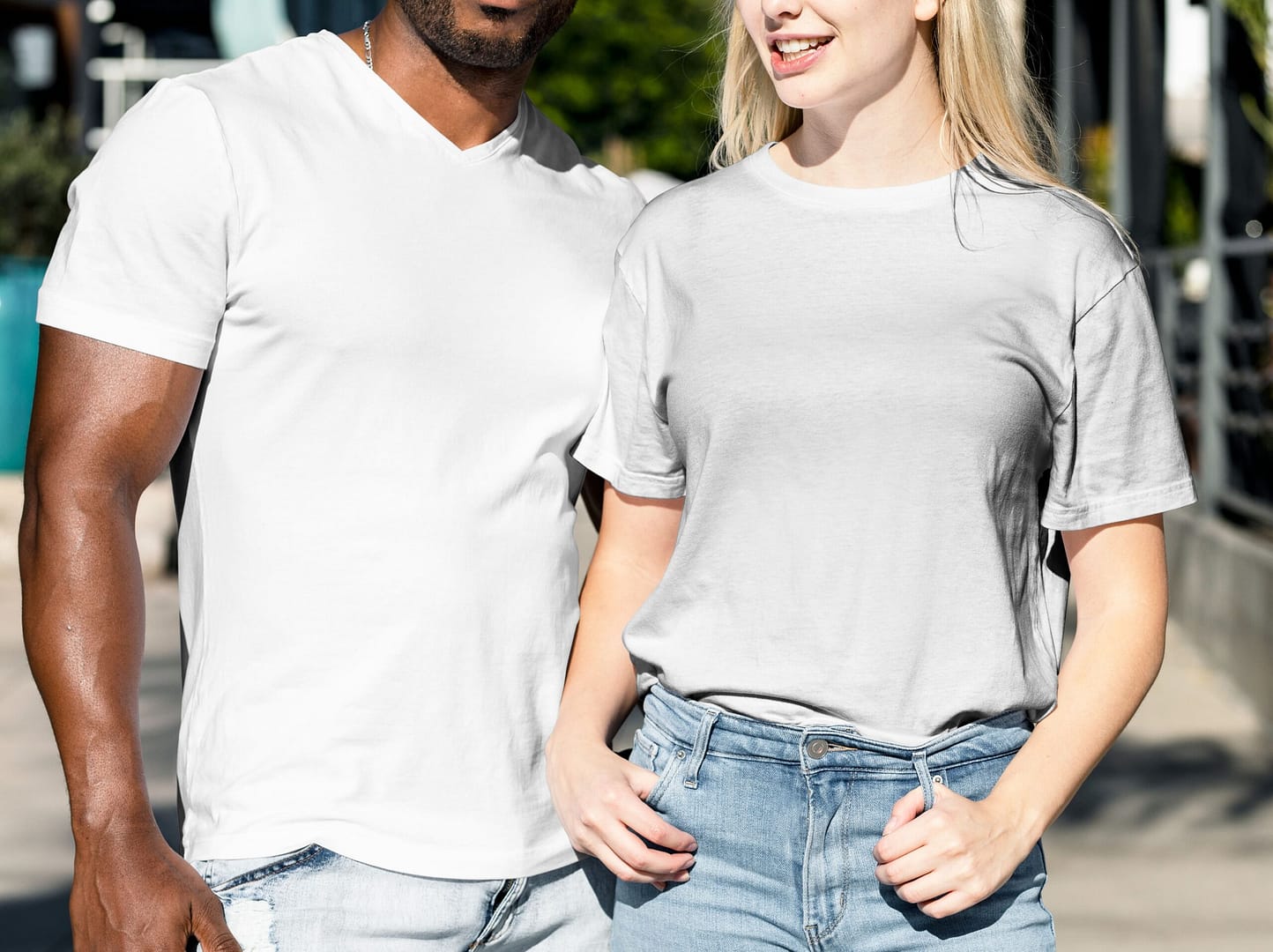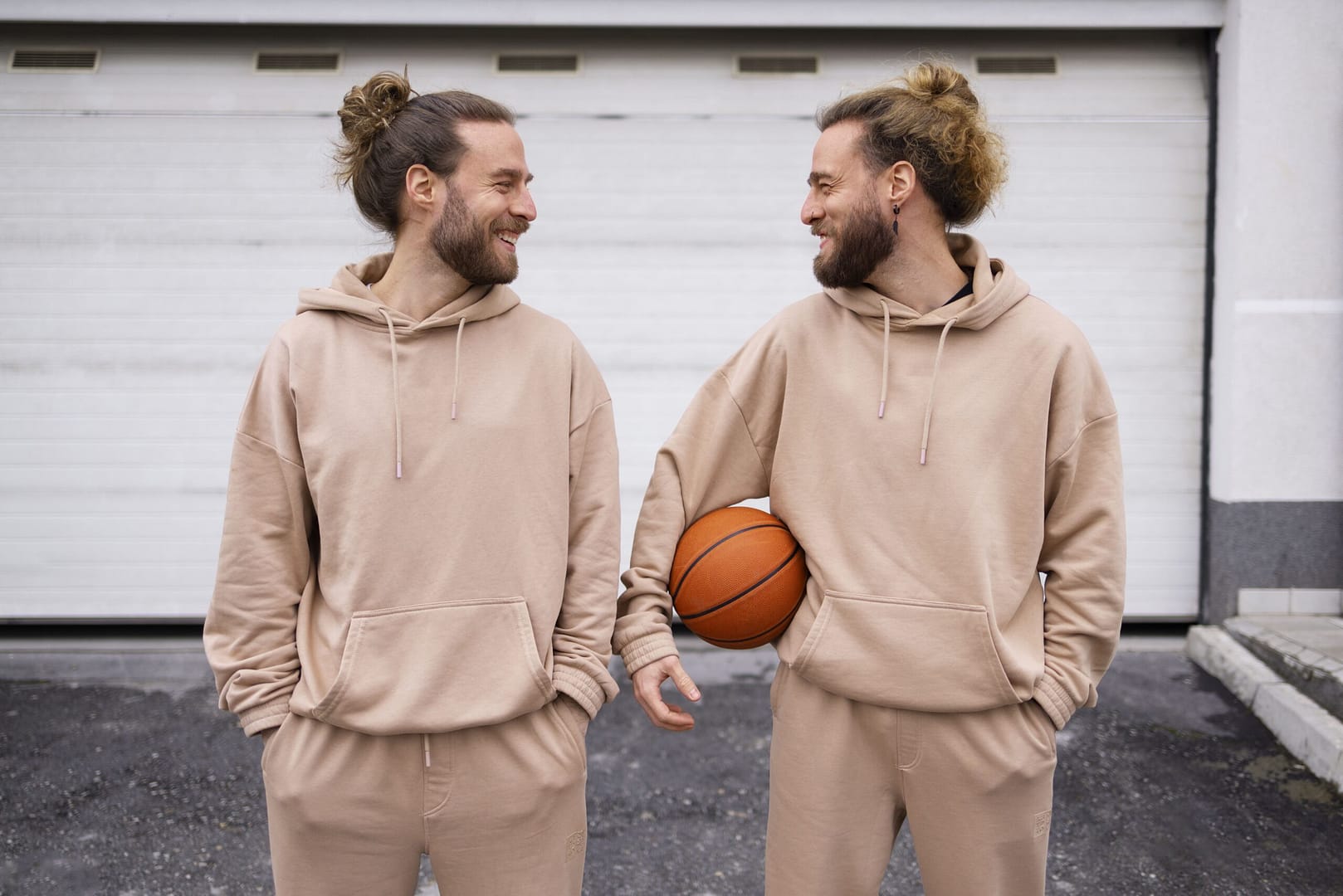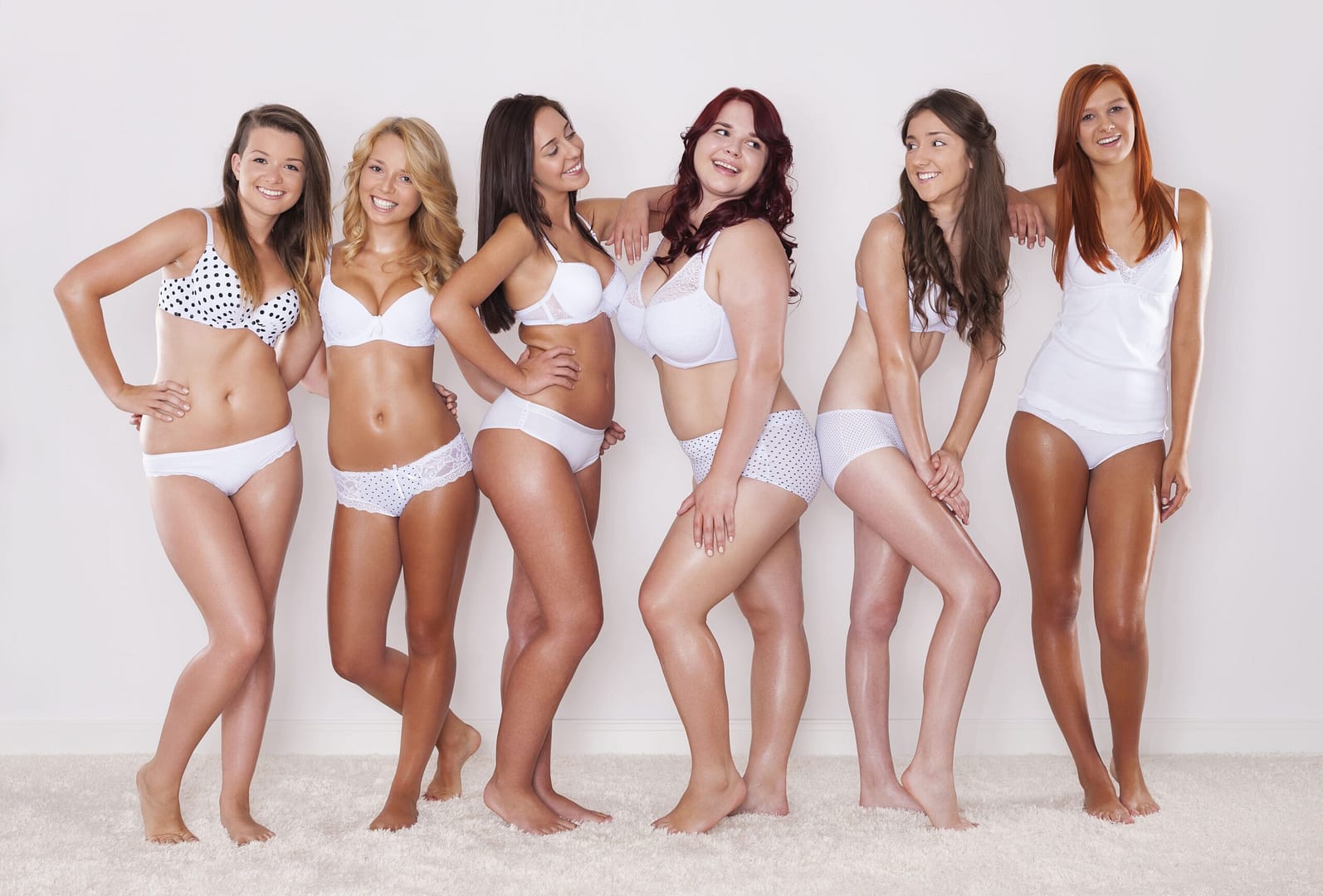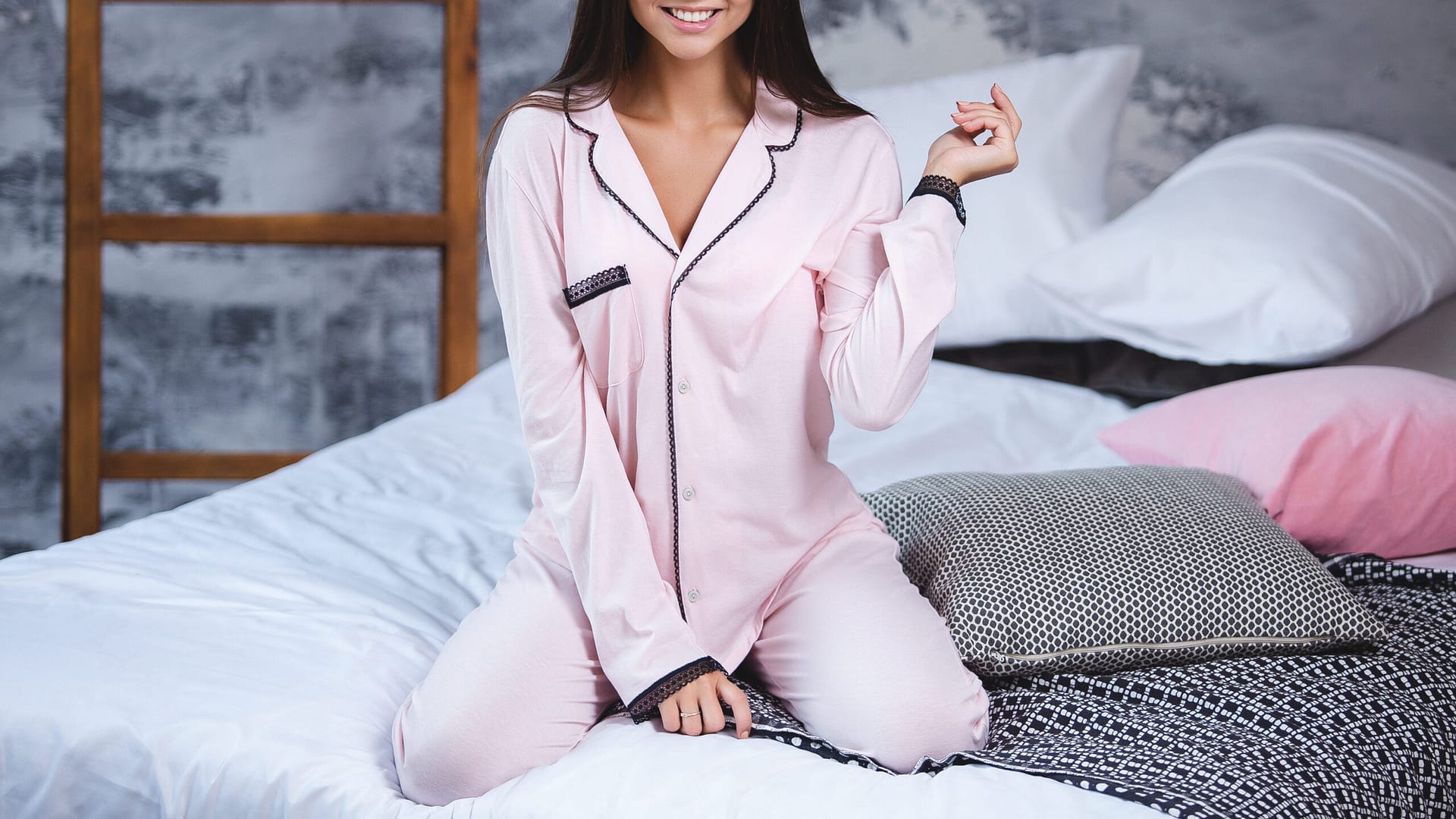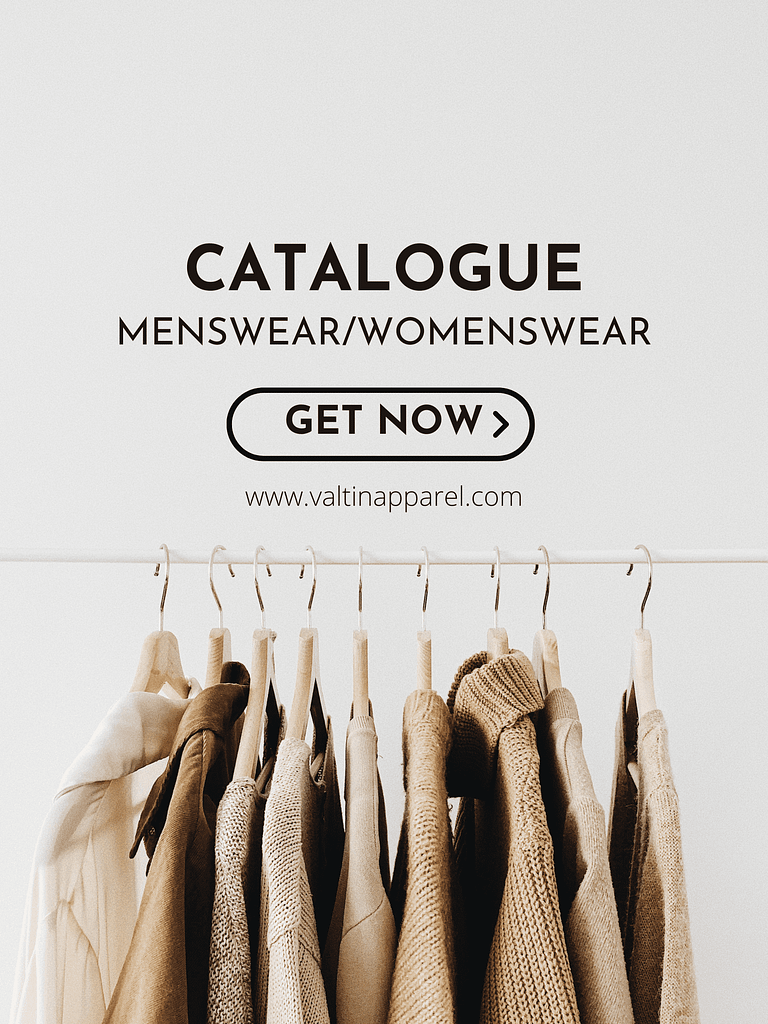What is MOQ? Why is MOQ important in clothing manufacturing?
By Raymond – Nov. 6, 2023
Embarking on a journey as a new designer in the apparel industry brings with it a steep learning curve, with Minimum Order Quantity (MOQ) being one of the most critical concepts to grasp. Misunderstandings about MOQ can be a significant barrier to entry for many. In this guide, we’ll be debunking common MOQ myths, setting the record straight to empower new designers with the knowledge they need to navigate the complexities of apparel manufacturing.
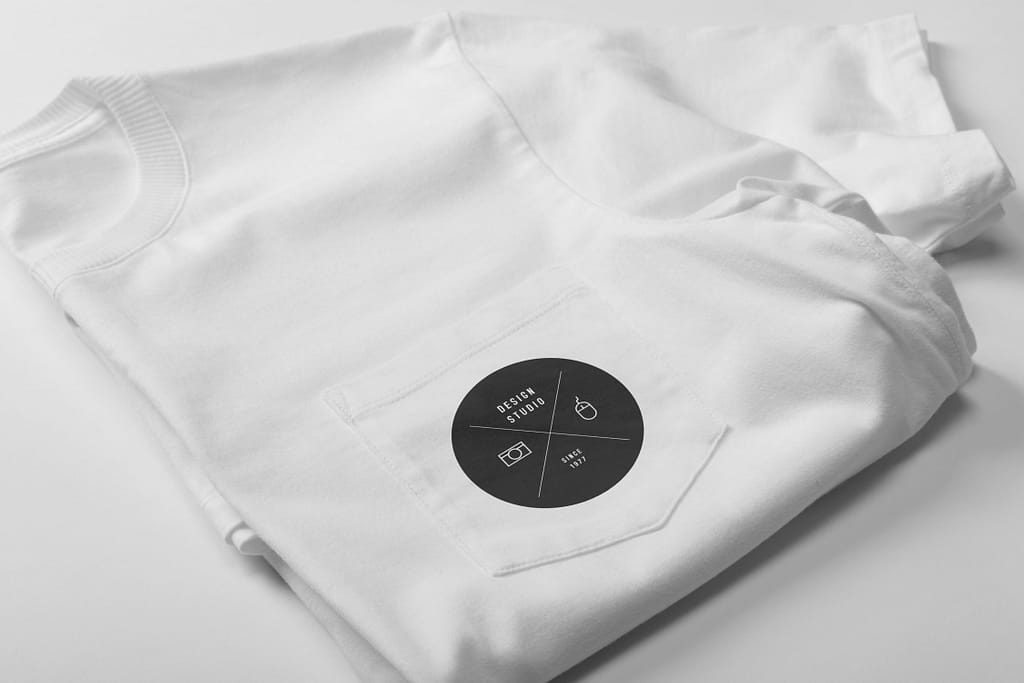
MOQ Meaning
What does MOQ mean? MOQ stands for Minimum Order Quantity, and it refers to the least amount of product a manufacturer is willing to produce in a single order.
Take a clothing manufacturer as an instance: if they stipulate an MOQ of 200 units per style, you must purchase at least 200 units of that specific design to fulfill the supplier’s minimun order quantity criterion for one batch of production. MOQs are a common standard concept across suppliers, although the actual figures can differ significantly depending on the nature of the factory, the type of goods they produce, and their geographical location.
MOQ of Clothing Manufacturing Depends on the Manufacturer
Each manufacturer defines MOQ differently. Some manufacturers stock the regular fabrics, so their MOQ can be set regardless of the fabric, just other costs such as labor, then their minimun order quantity is set by the total quantity of the order, e.g., an order with a MOQ of 500 pieces, but not limited to colors or styles. Other manufacturers, who source fabrics specifically for each order, set minimum order quantities based on style, color, size, or other variables. The exact rules depend on the manufacturer’s workflow and on their business model. Ultimately, the purpose of the minimun order quantity is to maximize efficiency and ensure that the profits of the business will sustain the business. This will vary depending on the specific manufacturer.
MOQ of Clothing Manufacturing Depends on the Style
MOQ also depends on the type of product being produced. Some products are much more complex to produce than others. But it is the way the product is produced that makes the biggest difference. For example, a handmade product might be produced in small quantities. Whereas a product made with a specialized machine may require a production run of over 400 pieces to make it worthwhile to program and run the machine.
As an example, you want to order a batch of sweaters. If you wish to hire someone to knit the sweaters specifically for you, then an order of a dozen or so of a style is something that someone would be willing to take, because the worker becomes familiar with your style by knitting the first 1-2 sweaters, and he can efficiently complete the rest of the quantity, ensuring his efficiency and profitability. But if it is done by machine, the factory needs a professional to create digital files to guide the machine, and also needs to debug the machine and prepare the yarn in specific positions on the machine, which is a very long preparation, so the factory needs a higher number of orders to cover the cost of labor and time consumed in the preparation stage. This is a very different process for roughly the same product. In other words, choosing a different production method can have a big impact on minimun order quantity.
In addition, the category of the garment also determines the MOQ, because usually the manufacturer only buys the fabric when it is needed for the production of the garment, and the fabric, as a production cost, can only be minimized when it is completely consumed. Fabrics are usually purchased in rolls, with the length of a roll ranging from tens to hundreds of meters.
For example, if you want to customize a woven shirt, the length of a roll of woven fabric is 60 meters, and the fabric needed to make a woven shirt is 0.5 meters. So without considering wastage, it takes at least 120 shirts to make one roll of woven fabric after consuming it. So the MOQ for this style of shirt is 120 pieces. If you only want to place an order for 100 shirts, then the rest of the fabric will be wasted and that cost will be factored into the cost of 100 shirts.
So you might ask, can the manufacturer give me a lower minimum order quantity if I’m willing to pay for fabric that isn’t consumed? The answer is not necessarily. In addition to the cost of the fabric, the cost of time to set up the machine, and the sewing laborers, the process of garment manufacturing also needs to be taken into account. For reasons of motivation, a portion of the sewing laborer’s salary is tied to the number of pieces produced. This means that the more clothes the sewing laborer completes, the higher the wage.

So what does this relevant to the MOQ of clothing manufacturing? Typically, when sewers are new to sewing a style, it takes a while to familiarize themselves with the details and measurements of the style production. So sewers will be slow to make the first dozen or so garments, and after gradually familiarizing themselves with the details of sewing this style, productivity starts to increase, and with that, income starts to rise. If there are only 50 pieces of this style in total, then a sewing worker just familiarizes herself with the details of this style, the order is done, and then she needs to go back to familiarize with the next style. Therefore, sewists are reluctant to work on low quantity styles because it will affect their income.
What Is the Standard of “Low MOQ” or “High MOQ”?
Whether a specific amount of clothing is thought of as “low MOQ” or “high” MOQ relies altogether upon the clothing manufacturer. A producer working alone should think about 100 units to be a high amount, yet a legitimate clothing maufacturer may not actually think about a such low quantity order. So the question remains unanswered what does low MOQ means.
Based on our decade of experience in the apparel industry, here’s what we’ve learned about the market in general:
-
- A “Very Low MOQ” is often attributed to smaller producers, sometimes not even factories, that are willing to accept orders of less than 250 pieces per style.
-
- A “Low MOQ” can be associated with smaller factories that might agree to manufacture as few as 250 pieces, but usually become more interested with orders of 500 units or more.
-
- A “Standard MOQ” is what you might find with mid-sized factories, which often have minimum order quantities ranging from 1,000 to 2,500 units.
-
- A “High MOQ” refers to manufacturers who might set a minimum starting point at about 2,000 to 5,000 units, but generally aim to fill orders in the tens of thousands.
So you need to know what kind of manufacturer is better suited for your order. Maybe the big factories don’t care about your 150 piece order, but you can get great service from some small producers.
What’s the Relationship Between Price and MOQ?
A direct relationship exists between MOQs and the pricing structure of manufactured goods. Generally, a higher MOQ equates to a lower cost per unit, which can significantly reduce the overall production costs.
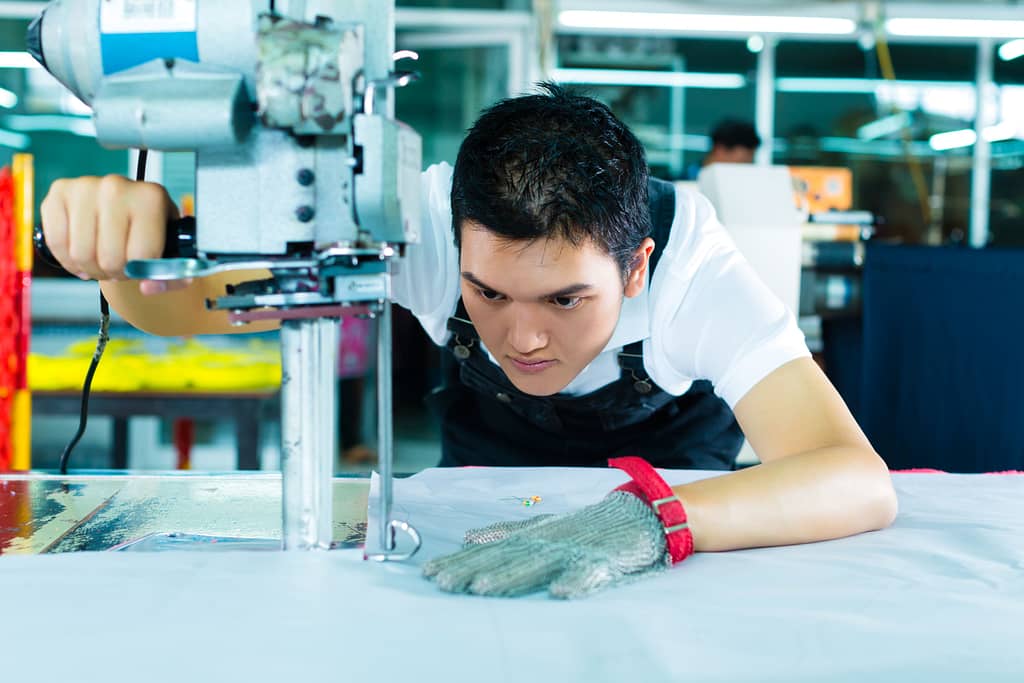
As an example, fabric needs to be cut during the production of clothing. Cutter’s salary is fixed, for example, a time is 50 dollars, a maximum of 50 meters of fabric can be cut, if your order is 120 pieces of shirts need 60 meters of fabric, then the fabric of your order needs to be cut by the cutter 2 times, then each piece of clothing cutting fee is 0.83 dollars. If your order is for 200 shirts requiring 100 meters of fabric, the cutter will also need to cut the fabric 2 times, but the cutting fee per garment is reduced to 0.5 dollars! So the larger the order, the lower the fixed cost per garments you need to pay.
Why Do Factories Have Such High MOQ?
Apparel manufacturers set high MOQ in order to be efficient, viable and profitable. The communication and preparation of a new apparel production order can be tedious! This is because whether the order is a big or a small one, these preparations are the same. Whether it’s reviewing technical data, quoting, prototyping or revising samples, which is a necessary process for all orders, factories want to produce more quantity for the same work and therefore will set the MOQ at a higher quantity.
Why A Big Factory May Be a Poor Fit for Startups?
The first thing that comes to mind about big factories is huge plants, beautiful building facades, the latest production machines and experienced executives. But as we mentioned above, all of this glitz and glamor is spread out as fixed costs in every garment in order to keep the factory running. At the same time, in order to ensure that the cost per garment is not too high, big factories need to produce hundreds of thousands or even millions of garments per year to absorb these fixed costs. However, time is limited, which requires that production must be very efficient and not spend too much time on sampling and quotation work. That’s why big factories usually set a very high starting quantity, usually more than a thousand pieces of a single color and a single style to start with!
Most start-ups want to have as low MOQ as possible so that they don’t have to deal with the pressure of huge inventories, and so that they can continually test the market with new styles. However, this demand is clearly at odds with the high MOQ of big factories.
How to Negotiate the MOQ with Factories?
Negotiating MOQs is a skill that new designers must hone. It’s not just about bargaining for lower numbers; it’s about creating a mutually beneficial agreement. Designers can approach negotiation by being open to compromise, such as offering a higher price per unit for a lower MOQ or agreeing to staggered deliveries. Another tactic is to design a series of styles using the same fabric, which can help factories run out a roll fabric, so they don’t need to cover the waste.
Demonstrate the potential for a long-term relationship and larger orders in the future is also a good idea, which can incentivize manufacturers to be more accommodating. Effective negotiation requires clear communication, understanding the manufacturer’s constraints, and presenting your brand as a promising opportunity for their business.
The Relationship Between Eco-Friendly Fabric Certifications and MOQs
In the apparel industry, the pivot towards sustainability has become more than just a trend—it’s a responsibility. This shift has significantly impacted the sourcing of materials, with a growing emphasis on eco-friendly fabric certifications. These certifications, such as the Global Organic Textile Standard (GOTS), Oeko-Tex Standard, and Bluesign, assure consumers and brand owners alike that the textiles meet rigorous environmental and social criteria throughout their production.
For example, the Global Recycled Standard (GRS) has a MOQ of 1,000 meters or 1 ton for most types of fabric. The Oeko-Tex Standard 100 has a MOQ of 1,000 meters for most types of fabric. And the Bluesign® system has a MOQ of 1,000 meters for most types of fabric.
There are a few reasons why sustainable fabric certifications have MOQs. One reason is that the certification process can be expensive and time-consuming. Manufacturers need to invest in equipment and training to comply with the certification requirements. This can be a significant expense for small businesses or manufacturers who only need a small amount of fabric.
Another reason for MOQs is that sustainable fabrics are often more expensive than conventional fabrics. This is because they are made from recycled materials or produced using more sustainable processes. Manufacturers need to be able to recoup the cost of the certification and the higher cost of the fabric.
If you are considering using sustainable fabrics, it is important to be aware of the MOQs. You may need to work with a supplier who specializes in sustainable fabrics or find a way to reduce the cost of the certification.
Conclusion
Minimum Order Quantities don’t have to be the daunting barriers they often seem to new designers. By understanding the ins and outs of MOQs, designers can turn what appears to be a hurdle into a stepping stone towards successful manufacturing partnerships. The key is to approach MOQs with a strategic mindset, considering them an opportunity to negotiate and collaborate with manufacturers. Designers are encouraged to see MOQs as a critical aspect of their business model that, when managed effectively, can optimize production costs, improve profit margins, and ultimately, contribute to a brand’s growth and stability in the fashion industry.
